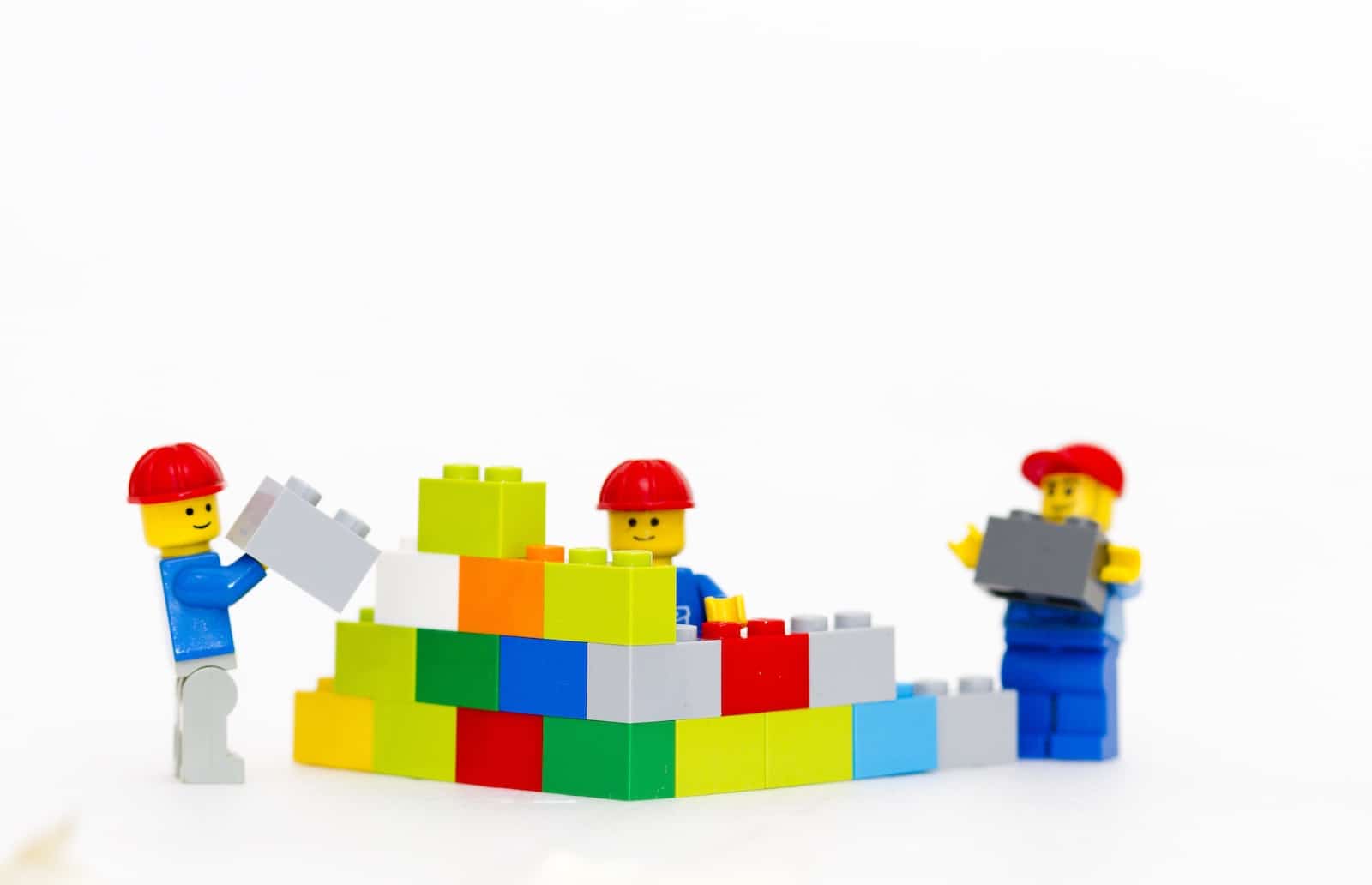We often talk about the fact that buildings account for 40% of total energy consumption but buildings are also a huge generator of physical waste. The built environment also consumes vast amounts of raw materials, which are generally only used once in their high-value form and often produced using an energy-intense production process. However, excessive waste means inefficiency, and inefficiency presents the opportunity to improve.
“There is an ever-increasing body of research exploring the application of circular economy principles within the built environment – from buildings as material banks to those that are reusable or redeployable,” points out Martin Hunt, principal project manager Forum for the Future, an international sustainability non-profit organization. “But as innovative technical solutions emerge and gain traction, how can we scale up successful models and ensure demand amongst clients and investors is strong enough to take on and transform the status quo?”
The construction industry may be even more infamous for the resistance to change than it is for its poor energy efficiency and waste records. So entirely reconfiguring the construction process and its supporting industry into a modern, efficient circular economy sounds, ambitious.
We’re not talking about getting better at salvaging parts from demolished buildings, but moving to a point where those components are essentially “leased” to the building for a period of time, before being recovered and “leased” to the next building. Those building blocks can be designed to be reconfigured and reused in structure after structure, just like LEGO bricks.
“Meeting these challenges will require us to reimagine the way the built environment works. How can we get from linear models of extract, deploy, use and demolish to a more sustainable loop in which our built environment meets key circular economy principles? Can we live more “Lego-like lives” in which we break up, reconfigure and create new structures from old with minimal wastage?” Hunt asks in an article for Ethical Corporation.
Like LEGO bricks, many building components have lifetimes much longer than the building itself. Like LEGO bricks, those components can be reused - unless they lost under the sofa or chewed by the dog - thereby removing the need to manufacture new components and reducing waste. However, construction supply chains are typically adversarial, fragmented, risk-averse, cash-strapped, and live within a complex policy landscape. More importantly, significant incentives do not exist to encourage the reuse of building components, so the construction sector is simply not motivated to address this issue.
“The message we hear from construction businesses is that much of the technology and thinking either exists or is not far away; what is required is demand at a level of certainty and scale to encourage investment in new circular solutions and supporting infrastructure,” says Hunt. “The belief is that sufficient demand will reconfigure supply. So we need a different approach to construction driven by shifts in cultural, social and economic thinking and underpinned by viable business and financial models.”
There are already some examples of design and construction approaches that could fit into this kind of circular economic model. ZedPods is a UK-based firm that designs modular, fast-build, low-environmental footprint houses that can be erected in hardstanding space or difficult-to-develop land. These modular buildings are relocatable as a whole but also facilitate the recovery and reuse of specific components making them much more waste efficient.

PLACE / Ladywell is another UK project in London’s southeast borough of Lewisham. It was established as a pop-up, deployable, temporary housing proposition used to provide residential space and ground-floor retail establishments for one to four years. The concept arose to utilize vacant sites awaiting redevelopment, thereby creating income for the landowner and helping lessen London’s low-cost housing shortage.
Projects like these demonstrate the potential of a much broader system that enacts a circular economy amongst a number of construction, material, and other service companies. To start with, it would be easy to imagine this kind of ecosystem emerging for temporary housing or another niche. Its growth from there would depend on the development of a robust business case for the mainstream construction sector. One line of components at a time, the construction sector could start utilizing recovered building materials, and with a pinch of government incentive, we could almost envisage a feasible route to a circular construction economy.
“Imagine a world where buildings are flexibly changed, adapted, expanded and reduced according to demand or use. A world where deconstruction and redeployment are much more commonplace. Where a building’s value is not seen as a short-term capital cost but a future resource investment in which buildings and even individual components are recoverable, relocatable and returnable,” says Hunt.
“Imagine building components and modules being leased then returned to the owner when no longer needed as part of a vibrant, competitive marketplace working to and aligned by common standards. Homes flex in line with the changing needs of tenants and residents, avoiding the cost and disruption of multiple moves. People stay longer in their homes. They strengthen bonds with their community,” Hunt continues.
“It’s an exciting and ambitious vision and one that we will only achieve through systems change. We need to create a new market that engages multiple stakeholders, addresses the root causes of unsustainable practice, and encourages the replication of successful commercial models. It will take time to transition from niche, pioneering activities into mainstream... but it needs to start with making a credible business case of investment.”



